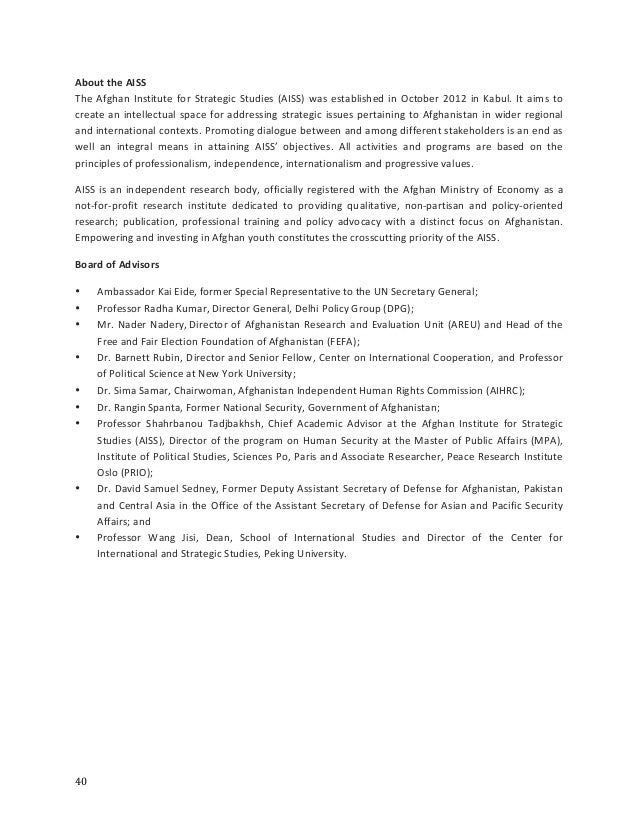Blog Posts
- ✔ Ras G And The Afrikan Space Program Rar Files
- ✔ Wintrack V11 0 3d Crack In Paper
- ✔ Aphex Twin Selected Ambient Works 85 92 Rarlab
- ✔ Trashmen Surfin Bird Rapidshare Library
- ✔ John Barry Walkabout Rapidshare Library
- ✔ Kpt Vector Effects Illustrator Download
- ✔ Cost Estimation Handbook Australian Mining Railways
- ✔ Free Download Paradise Coldplay
